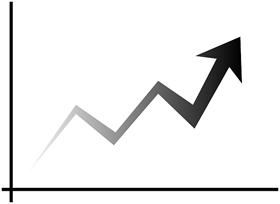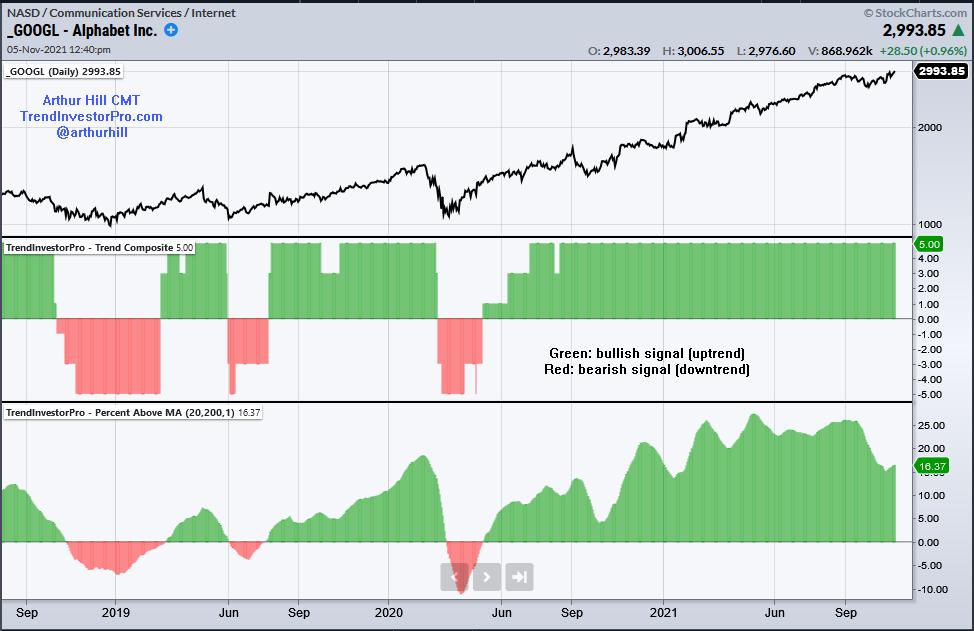 We have all heard of trend-following and many us employ trend indicators in our strategies. But how do these indicators actually perform over an extended period of time and in varying market conditions? Let's look at an example.
We have all heard of trend-following and many us employ trend indicators in our strategies. But how do these indicators actually perform over an extended period of time and in varying market conditions? Let's look at an example.
The chart below shows Alphabet (GOOGL) with two trend indicators: the Trend Composite in the middle window and the Percentage Difference between the 20 and 200 day SMAs in the lower window. The signals are quite similar with some whipsaws in 2019 and an extended trend since May 2020. These signals capture the essence of trend-following. There will be whipsaws, but a few good trends should pay for those whipsaws over time.

We do not know, in advance, which signals will result in whipsaws (losses) and which will lead to extended trends. We can however set realistic expectations for trading a strategy. Enter the backtest. Even though past results do not guarantee the same results in the future, we can use backtest results to gain a better understanding and set realistic expectations.
This Saturday, November 6th at Noon ET, I will present an introduction to trend-following on StockCharts TV. I will test the two indicators in the chart above using S&P 500 stocks over the last twenty years. This will allow us to set realistic expectations for returns, drawdowns, win rate, profit factor and more. I will also show some techniques to improve performance. Please join me for this live presentation with a Q&A at the end.
The indicators above are part of the TrendInvestorPro Indicator Edge Plugin for StockCharts ACP (here). Check out TrendInvestorPro (there) to learn more about my services for ETF traders and broad market timers.
-----------------------------------------------------
Choose a Strategy, Develop a Plan and Follow a Process
Arthur Hill, CMT
Chief Technical Strategist, TrendInvestorPro.com
Author, Define the Trend and Trade the Trend
Want to stay up to date with Arthur's latest market insights?
– Follow @ArthurHill on Twitter






